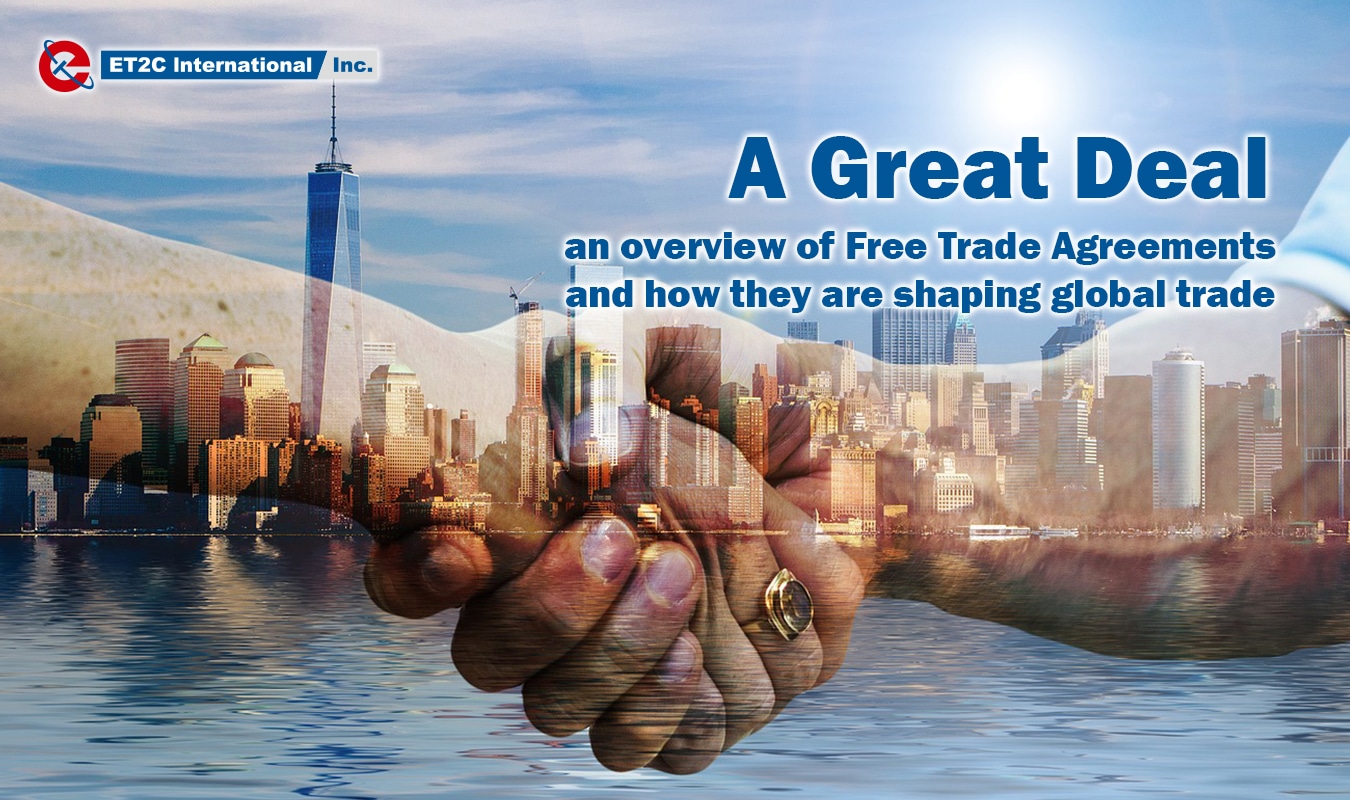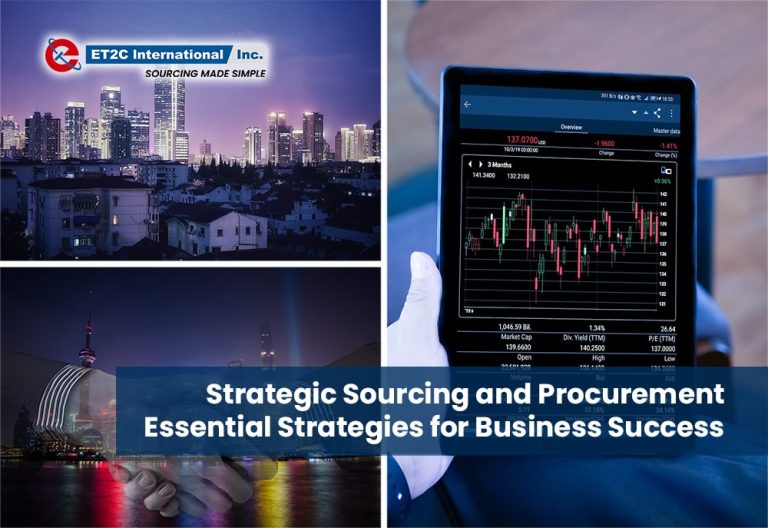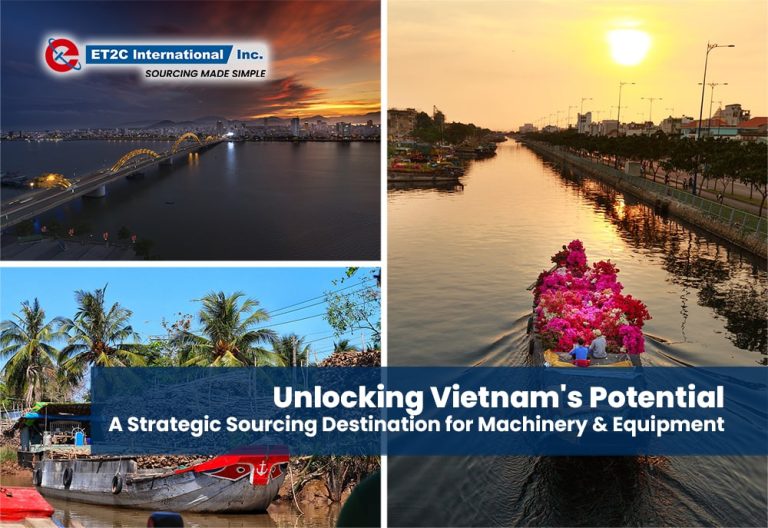Archaeological finds from 30,000 years ago in the Heart of Europe have unearthed seas shells from the Atlantic and Mediterranean Coasts. It points to our ancestors (Homo Sapiens, to be precise) engaging in some form of barter, or trade of sorts. It is what defines us as Humans and it is no wonder that trade has therefore been a prominent enabler to the development of the human race. Whether it is the broad significance of the Silk road some 2,000 years ago or the emergence of the age of Consumerism this Millennium, trade has always been important.
Trade is no less significant in today’s world. Global leaders constantly look to agree Free Trade Agreements with different jurisdictions to allow the efficient movement of goods and services across country borders. Even with protectionism on the rise, there are Trade Agreements in place that warrant a mention for any company looking for sourcing services.
EVFTA: EU Vietnam Free Trade Agreements
The European Union described the EVFTA as the most ambitious trade deal signed between the EU and a developing country, boasting a reduction of 99% custom duties on products as well as opening up the Vietnamese market to European investors. Initially expected to be signed and implemented by late 2018, the deal has still yet to progress through EU parliament and was only signed by the European Commission in October 2018.
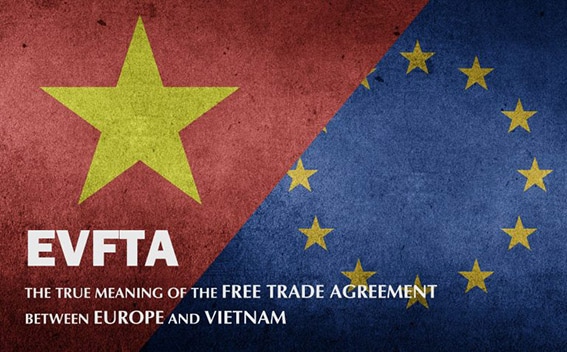
New Era of Trade
EVFTA should mark the start of a new era between Vietnam and Europe, yet while many voice their support, human rights and labor rights concerns have hindered the ratification process. Stakeholders had argued that the EU should insist on human rights improvements before progressing discussions. However, the agreement was signed on the 30 June 2019 by both parties and is now undergoing the required ratification process, which will likely conclude by the end of 2019.
Upon ratification, this agreement will certainly support and create investment opportunities for the export manufacturing sector in Vietnam, which it needs due to current demand and capacity constraints.
USMCA: United States Mexico Canada Free Trade Agreements
USMCA or the New NAFTA was officially signed by all three parties in November 2018 but has yet to be ratified by any of the nations.
In short, USMCA gave NAFTA a slight face lift while keeping many underlying policies the same. Some of the more prominent provisions included a higher percentage of automobile manufacture must be completed within the North American continent, the US gained greater access to the Canadian dairy market, a retention of the dispute resolution system and the addition of a 16-year sunset clause.
Experts expect the agreement to be ratified eventually despite the political and economic stumbling blocks it has faced. In the United States, growing objections to the current Trade policy within the government has stalled the ratification processes. At the same time, US imposed tariffs and quotas and their potential symbolism have both Mexico and Canada concerned. Whether or not USMCA is inherently better than NAFTA is still open to conjecture but the sunset clause allows the agreement to be changed and refreshed while reminding all three parties of its importance. Mexico is an important trade partner to the US, with vehicles, electronics, auto parts and other manufactured goods being exported across the Border. This agreement will therefore be important for the future trade and any sourcing solutions.
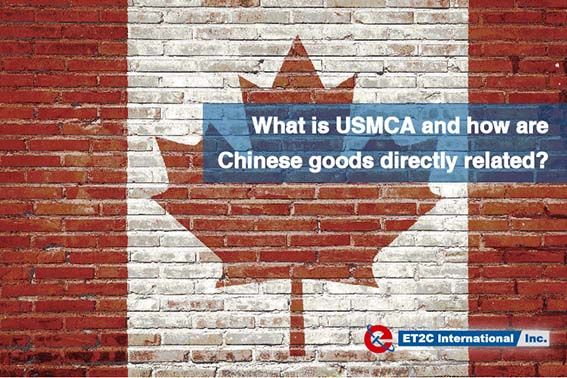
CFTA: Continental Free Trade Area
Launched in 2015, the Continental Free Trade Area established a legal framework for free trade among the member states of the African Union. Signed by all but 3 of the 55 members, the CFTA outlays the legal framework for increasing inter-continental trade with the goal of creating a single continental market for goods and services with free movement of business persons and investments. While the agreement will work to establish the largest free trade area in the world terms of participating members, the full realization of the continental free trade area is still under negotiations with a deadline of June 2020.

Introducing A Unified Continent
The implementation of CFTA provides an opportunity for Africa to harmonize its continental trade environment and boost intercontinental trade. As a resource rich continent, Africa not only has abundant land resources but also has a labor supply that could rival Asia. As the African Union aims to decrease the continent’s reliance on extractive exports it looks towards labor intensive industries to employ their large workforce and stabilize their economies. Businesses operating or looking to operate in Africa will benefit from the ability to establish regional supply chains unrestrained by tariffs and recognition of licensing and certification in multiple African countries. CFTA will increase the ease of doing business on the continent and move towards a more economically stable African continent.
AFTA: ASEAN Free Trade Area
Established in 1992, the ASEAN Free Trade Area is one of the largest and most important free trade areas in the world. With the third largest labor force of more than 600 million people and a combined GDP of $2.17 trillion, ASEAN is an important player on the world stage. AFTA aimed to primarily increase ASEAN’s competitive edge as a production base and attract more foreign investment to the region. ASEAN as a whole also has free trade agreements with ASEAN + 3 (Japan, South Korea, China), Australia and New Zealand, and India.

The Implications
ASEAN’s position in the Pacific area offers businesses with operations in the ASEAN region the opportunity to gain easy access to new markets at low costs while also benefiting from simplified export and import procedures. Companies looking to diversify their sourcing locations, ASEAN offers a unique opportunity. This is particularly relevant to any Asia sourcing company or Buying Office in the region as they can take advantage of such opportunities. For example, importing raw materials to Vietnam from China with greater ease and at less cost.
Summary
There is no doubt that Free Trade Agreements oil the engine of global trade. Even at a time when the international political landscape is rife with protectionism and trade disputes (look no further than the current US Administration) having an insight into what agreements are being worked on or in the process of being ratified can provide some steer as to where potential opportunities lie. That said, it remains the case that the outsource manufacturing sector is in a state of flux with regulatory murkiness clouding certainty. Perhaps there may be something we could learn from our early ancestors and the simplicity of bartering seashells.
As trade relations continue to shift and evolve, ET2C continues to identify potential opportunities for our clients through our local presence and broader network. For more information, please contact us.
